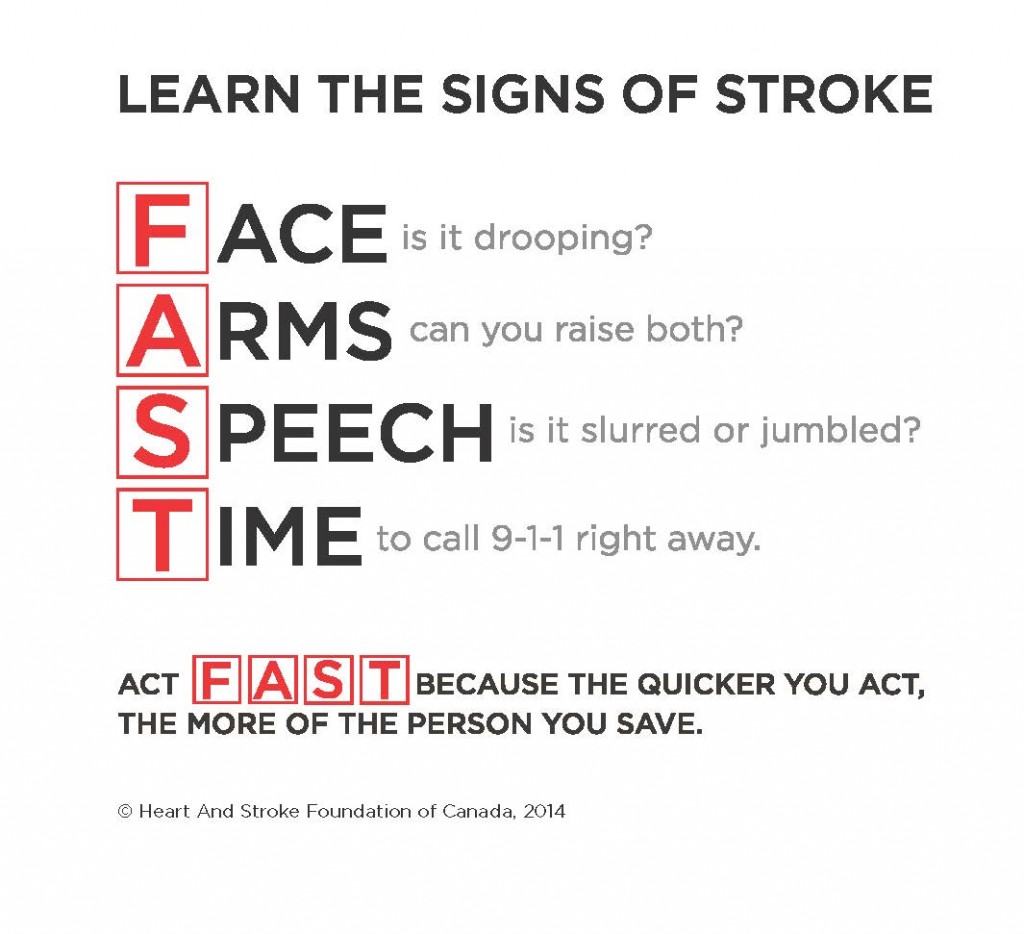Stroke patients getting faster care
When experiencing a stroke, time is of the essence. And thanks to recent changes to ambulance transport algorithms, stroke patients are getting better, faster care.
“The benefits of these new algorithms are that people know what their responsibilities are and what the expectations are,” says Sacha Arsenault, regional lead of the Rehab Program and Stroke System Redesign at VCH and PHC. “So for emergency health services, when they pick up a stroke patient , they know where they need to go and they will pre-notify emergency so that everyone is prepared for the patient – the teams are ready to activate stroke protocol in the emergency department.”
What is a transport algorithm?
“A transport algorithm is clearly defining where people go and when, and how they are going to get there who’s responsible – it’s a process diagram.” Sacha explains.
More efficient 
The new stroke algorithms have been developed for all urban VCH communities to support rapid transport to the nearest designated stroke center.
“We’ve worked with BC Ambulance, all of our emergency departments and our stroke specialists in the different communities to figure out if someone has stroke, where do they need to go and how quickly are they going to get there for the type of care they need,” she says. “So care gets to the patient faster, the emergency crews get to leave faster and the emergency team is ready for the patient to come – everybody wins. Our door-to-treatment time is significantly faster because it’s proactive, everybody knows what their role is, the patient gets to definitive stroke care more directly without a lot of transfers in between.”
New algorithms
The new algorithms include:
- EHS will perform FAST Stroke Screen to identify suspected stroke.
- The definition of hot stroke will be expanded: if symptom onset < 6 hours prior to EHS arrival at the patient’s side, OR patient has woken up with symptoms, they will be treated as a “hot stroke”.
- Identified hot strokes will be transported directly to either VGH if in Vancouver/Richmond area; or LGH if within North Shore area, for rapid assessment and treatment by Stroke Team.
- EHS will contact VGH and/or LGH ED for pre-notification of incoming hot stroke.
- Suspected stroke not meeting this hot stroke criteria, will be transported to closest most appropriate hospital as per current practice.
- Patients who are redirected to VGH and do not require VGH stroke services, will be repatriated utilizing a consultative process with the most appropriate community hospital. Repatriation protocols are being developed with individual sites and will be in alignment with MoH policy.

